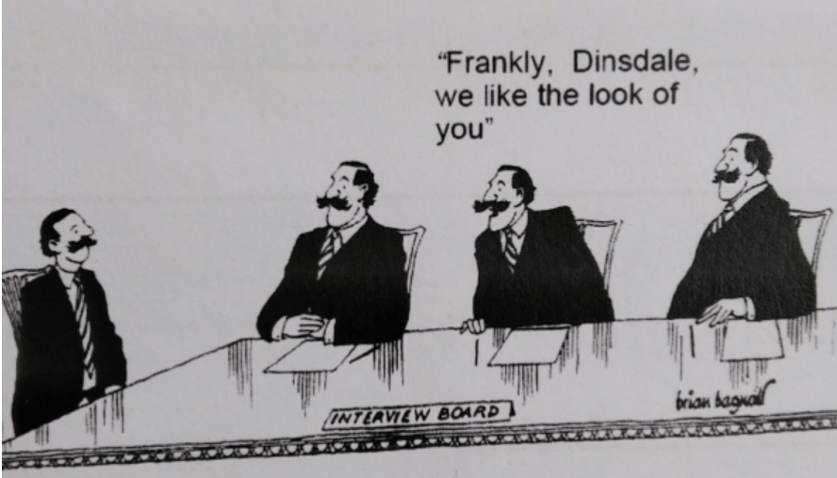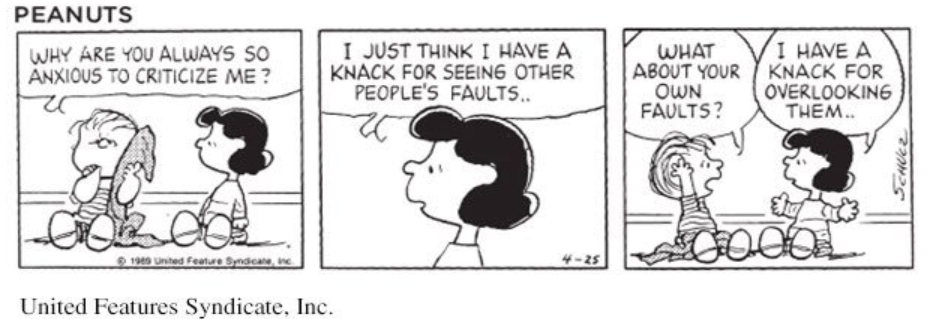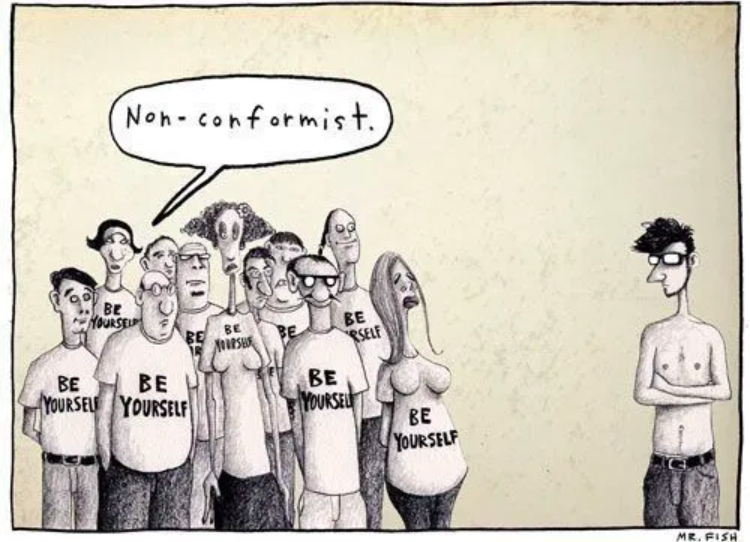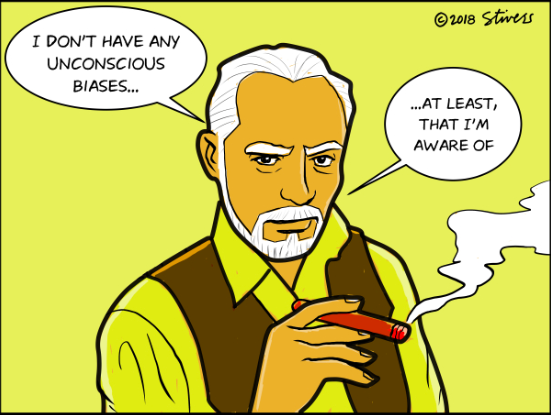Engage with personalized listening & AI
Engage top talent before they join.
Connect with alumni, build brand advocates
Listen contextually & predict turnover
Automate HR services with Agentic AI
Run targeted/broad communication campaigns
Turn people analytics to business outcomes
Explore how HR leaders use Amber
Your go-to content hub for all things people.
3 min read
Ajay Ruhela
Last Updated: 21 February 2023
Don't do this if you wish to create a culture of diversity and inclusion in the workplace.
You must have seen the news recently. Abhijit Banerjee won the 2019 Sveriges Riksbank Prize in Economic Sciences in Memory of Alfred Nobel, along with Esther Duflo (who happens to be Banerjee's wife) and Michael Kremer. Notice some of the news headlines I came across.

While you would clearly see the sexist overtones and pervasive gender bias in mass media, reducing Esther Duflo to just “his wife”, you may not realize it’s just one of the biases we have in place and we constantly encounter these in our home, workplace, and society. I usually put society and workplace on the same pedestal because workplaces are essentially microcosmic societies — as complex, intricate and nuanced as the world we live in with similar problems and possibilities if not the same.
The reason I am writing about these biases are growing workplace researches that are highlighting diversity and inclusion in the workplace as a key competitive advantage for an organization with links to financial performance and innovation. While a lot of progressive organizations are taking conscious measures to improve diversity in their workforce and inclusion, one thing I believe can significantly move the needle would be “to get conscious about unconscious bias” in the workplace. Let’s discuss what these biases are and what can be done about them.
An average adult makes 35000 conscious decisions every day. Unconscious bias is the result of learned patterns and observations over time with brain taking in, processing, and tagging information for decision-making; social stereotypes about certain groups of people (our ‘people’ categories) that are unintentional, deeply ingrained, universal, and have the ability to influence behavior.
Let me list down some famous unconscious biases (not an exhaustive list, maybe my personal 5 to get you started on the path) before we move on to the measures organisations can take to safeguard decisions resulting from such biases...
When you unconsciously prefer people who share qualities with you or someone you like.

Recruitment, Promotion/Appraisal, Succession-planning
Nepotism, Wrong fitment
It refers to how you perceive your actions and those of others. It stems from our brain’s flawed ability to assess the reasons for certain behaviours – particularly those that lead to success and failure. Here’s an example of the famous AtB — self serving bias.

Low psychological safety, lack of innovation, people's behavior making the way in the hierarchy and not performance
We all unconsciously notice people’s appearances and associate it with certain personality traits (conditioning by society, media, movies, etc.). Beauty bias is associated with our visual association of traits like professionalism and self awareness.

Recruitment, Promotion/Appraisal, Succession-planning
Nepotism, Wrong fittment, Lack of fairness, Lack of trust in the system and organization
As they say in the school of biases, “unanimous view is less likely to come from a place of bias”. However, you shouldn’t let it prevent you from voicing your opinions and views.

At all levels of the organization
Alienation, lack of transparency, bad decision-making, group-think, leadership malfunctioning
Halo: when we focus on one particularly great feature about a person and pretty much forget about everything else.

Horns: when we focus on one particularly negative feature about a person and pretty much ignore the 10 good qualities they have to offer. Since I had the dark lord for Halo, well here goes nothing.
Unconscious biases can severely harm the organization’s performance and climate. For the HR organization, it has an impact on key HR processes (recruitment, performance appraisal, talent management, D&I, engagement, and more) and the complete employee lifecycle. Here’s a list of the top 3 things (which can easily be translated to 30, but we’re dealing with a vast spectrum of biases) organizations can do to keep a tap on unconscious bias in the workplace:
Lastly, don’t be this guy if you want to create a culture of diversity and inclusion in the workplace.

See why global HR teams rely on Amber to listen, act, and retain their best people.